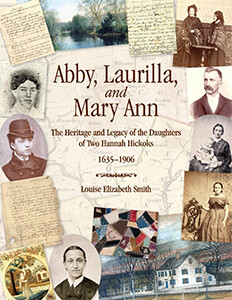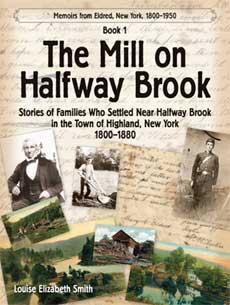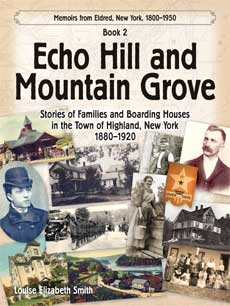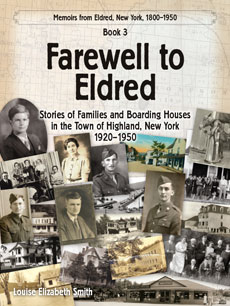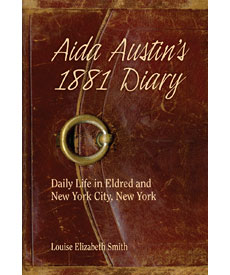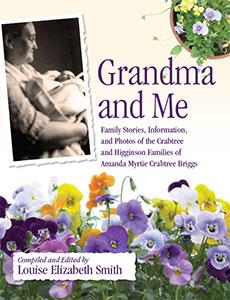
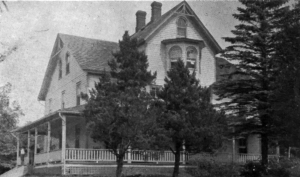
Original and New Owners
Some of the boarding houses had been in the area since around 1880. In the next twenty-seven years, new families (each with their own story) would move to the area. At least eight families would purchase and run established boarding houses. Several would be renamed.
Though brochures and ads touted each House as the best, there didn’t seem to be any rivalry. Owners helped each other out. If there was no vacancy, guests were referred to a nearby location.
Quite a number of folks met or would meet their future bride or groom during the summer at the various boarding houses.
Running a boarding house was an incredible amount of hard work, shared by the family and hired help, as well as children who carried water and helped with the dishes. But that still left lots of time for the youngsters to play.
Austin’s Mountain Grove House
Art, Bob, and Elizabeth’s parents Mort and Jennie Leavenworth Austin ran Mountain Grove House, a three-story boarding house on Proctor Road. Their Homestead Cottage on Collins Road had burned down around 1915 and they had moved to Mountain Grove House, the same house Mort and his brother Lon built around 1893.
As he had for many years, Mort picked their summer guests up at the lovely Shohola Railway Station in Pennsylvania, across the river from Barryville.
Post Offices and Schools
Each of the five hamlets: Eldred, Barryville, Highland Lake, Yulan, and Minisink Ford, had a Post Office. Since mail was not delivered to homes, residents picked their correspondence up at the local Post Office, which was (and continued to be) a general meeting place for news and gossip.
Postmasters were still required to have the same party affiliation as the U.S. President. Emily Parker Stevens, Eldred’s Postmaster in 1920, left when Warren Harding became president in 1921. Mr. Sparks, a Republican, served as Postmaster until 1933, when Emily Stevens returned as the Postmaster. (My father Art Austin would work for Mrs. Stevens in the 1930s.) When Emily Stevens was Postmaster, the Post Office was housed in the Parker Hotel that her father James Y. Parker had built around 1900.
Barryville, Yulan, and Eldred each had a two-room schoolhouse and at least one general store. Main shopping continued to be in Port Jervis, New York—even into the 1950s and 1960s. The scenic, winding Hawk’s Nest Road on the way to Port Jervis, was not yet paved in the 1920s. Barryville, Eldred, and Highland Lake had at least one gas station.


